 |
Sequence viewing > Aesthetics Index - Resource - ©
Lloyd Godman
Photo Shooting Guide
If you click on any links - follow the sequence liink through for a few pages.
Photography is most often a series of compromises where one has to make decisions based on the best options.
Framing the subject
Identify what is the subject and frame this element in a manner that gives it visual prominence by placing it in the foreground, against other elements that contrast in one way or another, perhaps tone, colour shape, texture etc. Try to avoid placing the key visual aspect of the image in the distance where they consequently become a small feature in the frame. Move in closer to the subject, and or use a longer focal length lens. |
|
Unless they are a key feature, it’s wise to avoid large bland areas of sky, grass, sand etc that take up to 1/3 the area of the frame. Consider areas like this carefully and how they either contribute or distract from the subject. Bright skies can rob your image of visual power and distract the eye from the subject.
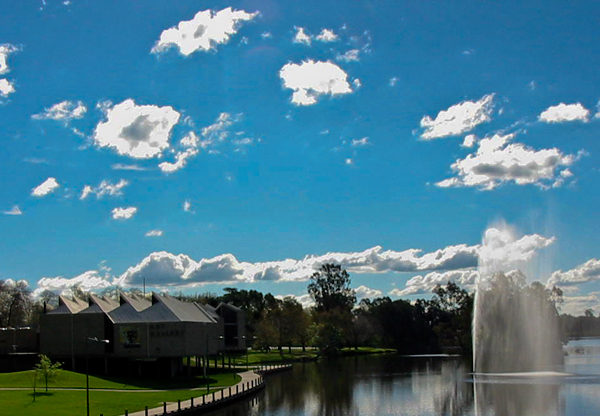
Here the sky takes up 2/3 rds of the image and while it dominates the image, the fountain, building and path sit more comfortably in the image. |
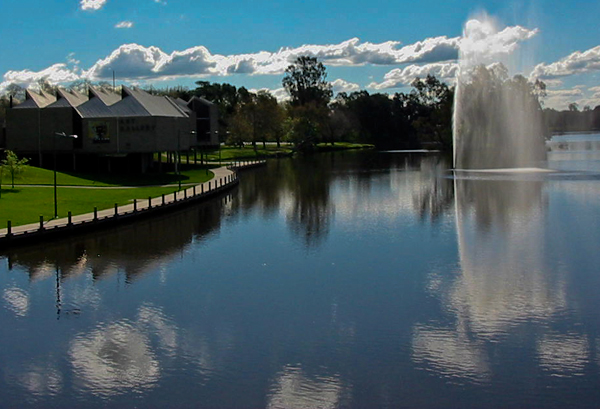
Like wise in this image the water takes up 2/3 rds of the image, but it leads the eye into the fountain and the building. |
|
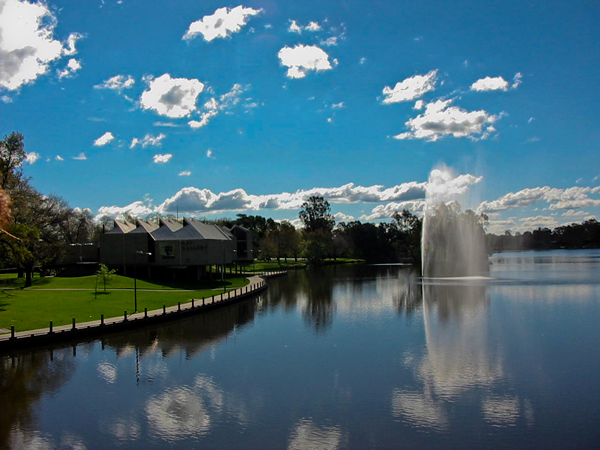
In this image the areas of sky and lake are similar in area texture and colour and tend to cancel each other out, while the subject of the path way and water fountain get lost in the centre.
|
Eliminate distracting detail.
Scan your eye around the frame, particularly the edge and look to eliminate distracting detail.
Often with a subject like this Balloon it seems impossible to get a clear shot through the branches of the trees. |
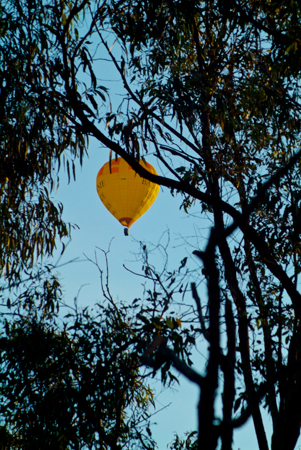 |
However if you wait visual elements can align tat create interesting images .
mouse over to view the roll over image where a few distracting branches have been taken out - see how much more impact the image has with these removed. |
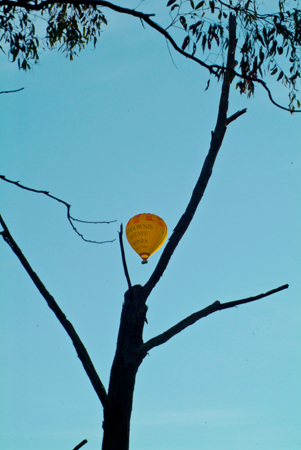
Mouse over to view roll over image |
| |
|
Viewpoint
Consider the camera viewpoint, try and find interesting angles to shoot from.
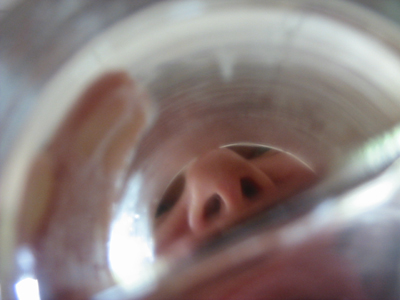
Exposure - is a combination of three factors:
ISO what is the best ISO? – slower delivers an image with less noise and finer resolution, where as faster allows the photographer to hand hold the camera in lower light. If it’s outdoors and bright you might be able to use a slower ISO. However ISO is also linked to shutter speed and aperture. So if you are shooting a moving subject and need to use a fast shutter speed with a small aperture like f16 you may need to increase the ISO.
Shutter speed - as mentioned if the subject is moving you may need to use a fast shutter speed, but them perhaps you imagine the images with limited blur.
Aperture - this controls the amount of light into the camera, a small aperture like f16 will give great depth of field where many things are in focus, a wider aperture gives less things in focus and allow the photographer to create visual tension. Consider that camera most camera lenses are constructed to produce their sharpest resolution at mid aperture – say f8, so if the subject does not need f16 don't use it. This will allow you to use a faster shutter speed and or lower ISO.
If your camera allows it, use manual exposure setting and set the meter indicator to the correct exposure, ( so the needle or LEDs lines in the centre – once you have taken the exposure, check the image in the LSD display to make sure it is correctly exposed. Also if possible check the image against the histogram.
The reason most images are not exposed correctly is because the meter is reading an area of the subject wrongly - this might be because the mode is on spot meter, the subject tones are imbalanced. Remember that the light meter is trying make the area selected for the reading and expose it to produce a mid tone of grey. If the camera is on spot it is taking a small area and reading this - if it is on another mode and the subject is predominately black, it is taking this whole area of black and reproducing it as grey.
Lens
Consider the focal length or power of the lens.
A wider angle lens has a perspective that expands perspective, they make elements in the foreground larger to those in the background- it extenuates vanishing points, and have greater depth of field.
On the other hand telephoto lenses compress perspective, diminish vanishing points, and have less depth of field.
|